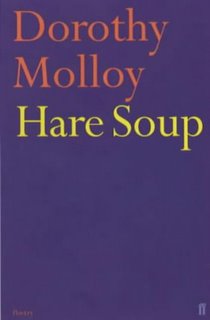
Listen to John Banville's play Todtnauberg on BBC Radio 4, aired on Friday Jan 20th.
The title of the play refers to Martin Heidegger's Black Forest retreat, a retreat it is said in which he wrote most of Being and Time. After a poetry reading in Freiberg, Martin Heidegger invited Paul Celan to his cabin; Celan accepted the invitation and they spent an afternoon together on July 25, 1966. Celan wrote a poem entitled "Todtnauberg" after this meeting. Otherwise, we have no record of what they spoke about. Celan wrote in Heidegger's visitors' book: "Into the cabin logbook, with a view toward the Brunnerstern, with hope of a coming word in the heart."
It must have been an extraordinary meeting of two extraordinary minds - I cannot imagine how Celan, a labour-camp survivor, and Heidegger, a card-carrying Nazi, managed to make sense of each other. Perhaps they didn't.
The title of the play refers to Martin Heidegger's Black Forest retreat, a retreat it is said in which he wrote most of Being and Time. After a poetry reading in Freiberg, Martin Heidegger invited Paul Celan to his cabin; Celan accepted the invitation and they spent an afternoon together on July 25, 1966. Celan wrote a poem entitled "Todtnauberg" after this meeting. Otherwise, we have no record of what they spoke about. Celan wrote in Heidegger's visitors' book: "Into the cabin logbook, with a view toward the Brunnerstern, with hope of a coming word in the heart."
It must have been an extraordinary meeting of two extraordinary minds - I cannot imagine how Celan, a labour-camp survivor, and Heidegger, a card-carrying Nazi, managed to make sense of each other. Perhaps they didn't.



